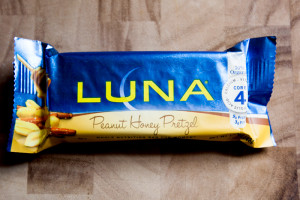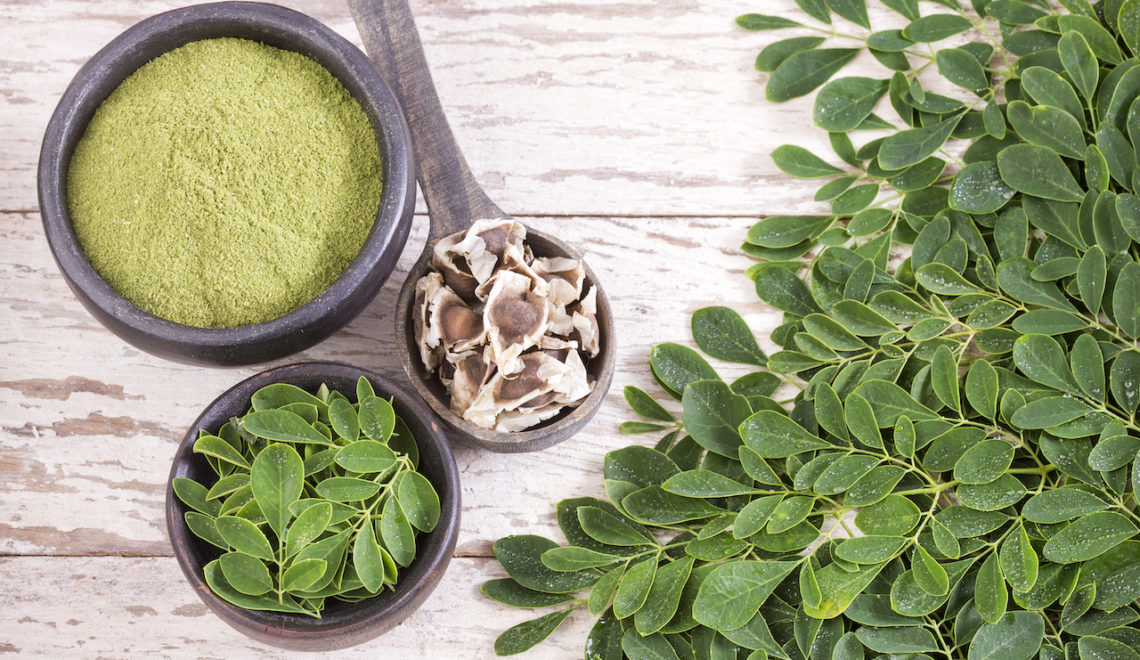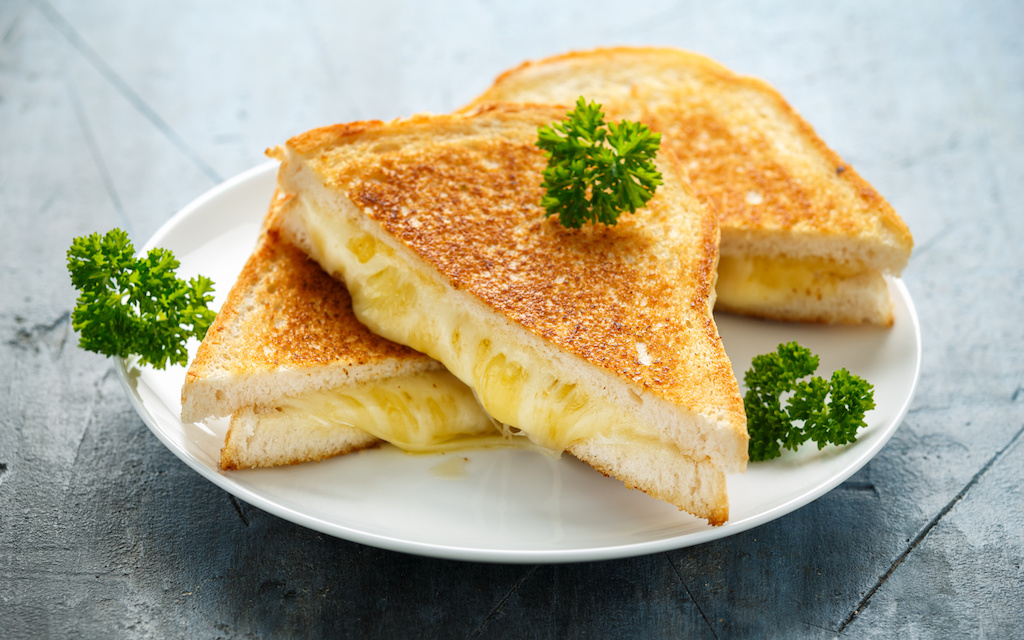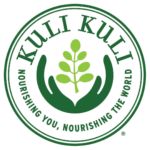
Food additives. They’re probably one of the most disliked, albeit most misunderstood aspects of our modern food products. As a food scientist, I get many comments from people who fear what food additives are and what their purpose is in food products, which to be honest, makes a bit of sense. Many ingredients that are considered “additives” have names that are unfamiliar to the average consumer and most of the time even hard to pronounce. However, food additives can be extremely useful and even important to a food product. They offer stability to foods that normally wouldn’t be possible, they extend their shelf life and stabilize their nutritional content during that time, and they even provide safety by preventing foodborne illness.
I’ve become somewhat familiar with different categories of food additives in recent years, but I still didn’t quite have a handle on what additives are typically in food products, so I did a little investigating. I went down to my local CVS Pharmacy and took notes of different additives I could find on products ranging from fruit drinks to snacks, protein bars to candy. What I found was that most additives had similar functions and fell into a few distinct categories: emulsifiers, stabilizers, thickeners, sweeteners, preservatives, antioxidants, and starches.
Here is a quick reference of the function of additives I found most frequently:
1) Emulsifiers, Stabilizers and Thickeners
Cellulose gum, pectin, xanthan gum, sodium phosphate, maltodextrin, soy lecithin
These compounds are most commonly used as emulsifiers, stabilizers, and thickeners. Emulsifiers are compounds that allow oils and water to be combined. Normally, oil and water repel each other, but sometimes is necessary for them to get along. Emulsions are necessary within foods like ice cream, cakes, dressings, mayonnaise, and many others. Emulsifier molecules contain parts that are water-loving and parts that are oil-loving, and thereby allow water and oil to remain mixed together. Eggs are a familiar ingredient which can act as emulsifiers due to the lecithin in the yolk. However, eggs aren’t always the right emulsifier to use. They might not offer the desired stability to a food product or may negatively react with other ingredients. Many times, eggs might be avoided simply because they are a notable allergen.
Stabilizers are just that. They stabilize food systems and are used to preserve their structure. Many times, stabilizers are used alongside emulsifiers to keep the emulsion functioning, such as in salad dressings. These stabilizers can be found in products like ice cream to prevent ice crystals from forming, and in yogurts to prevent fruit from settling.
Thickeners increase the viscosity of a liquid without greatly changing its other properties. Thickening agents in foods are used in sauces and soups without altering their taste and can be derived from a variety of sources such as starches or proteins.
2) Sweeteners
Dextrose, saccharin, mannitol, aspartame, invert sugar
Some of these compounds may seem pretty familiar: they’re common artificial sweeteners! Dextrose, mannitol, and invert sugar are nutritive sweeteners, which mean that they afford calories to the body. Saccharin and aspartame are non-nutritive sweeteners and contribute little, if any, calories to the body. These sweeteners are not recognized by the body in the same way that other types of sweeteners are, and so the body does not take any energy from them. Artificial sweeteners or sugar substitutes are widely added to foods and are some of the most popular and recognized food additives consumers come across. These sweeteners are often used in place of typical sugar because they are high-intensity sweeteners and therefore are many times sweeter than sucrose or high-fructose corn syrup. Thus, much less sweetener is required. Other sweeteners, like saccharin and aspartame are used in sugar-free products or in low or zero calorie products like diet soda.
3) Preservatives
Calcium propionate, calcium disodium EDTA, sorbic acid
These compounds are often used as preservatives in food products, which help to prevent or slow decomposition, microbial growth, preserve nutritional quality, and other undesirable chemical changes. Although consumers have been skeptical of food preservatives in recent years, they still demand fresh, ready-to-eat foods, perpetuating the need for preservation. Without preservatives, food products would be less safe and have poor quality. For example, vitamin content of food products can decrease over the lifetime of the product. Food preservatives are necessary to ensure that the vitamin content changes as little as possibly between the time that the product is made to the time of its expiration date. Additionally, some compounds, like calcium propionate, can even inhibit mold growth in food. Food preservation goes far beyond chemical compounds as well; refrigeration, canning, and drying are all forms of preservation that help keep foods safe and ready to eat.
4) Antioxidants
Butylated hydroxytoluene (BHT), tocopherol, ascorbic acid, sorbitan monostearate (polysorbate 60)
These compounds are common antioxidants found in foods. While antioxidants have gained popularity in recent years for other potential health benefits, antioxidants have a typically have a different purpose in food products. Antioxidants can slow or prevent the onset of lipid oxidation, which is the degradation of lipids by reactive oxygen species or free radicals. Lipid oxidation causes off-flavors and reduced nutritional quality in foods, which just makes products taste pretty bad; potato chips, cakes, cookies, and any other foods that contain some sort of fat can undergo lipid oxidation. Antioxidants react with free radicals to prevent or stop lipid oxidation altogether, thereby keeping foods taste better longer.
5) Starches
Modified food starch
Starches, such as cornstarch, are used to thicken foods through the process of gelatinization and are used frequently in cooking. Gelatinization occurs when heat is used to break the intermolecular bonds of starch molecules in water and eventually causing the mixture to thicken when cooled. Modified starches are made by physically, enzymatically, and chemically treating starch to change its properties. Starches can be modified to enhance their performance in different applications such as increasing their stability against heat, acid, time, cooling, viscosity, or freezing. Modification can also lengthen or shorten starch gelatinization time, or the time it takes for the starch to thicken. One way starch can be modified is by pregelatinization. Pregelatinized starch is starch that is cooked and then dried. This allows the starch to thicken without the use of heat, which can be useful in products such as instant desserts, allowing them to thicken with the addition of cold water or milk. Other starch modifications can prevent frozen foods from dripping when defrosted, and starch bonded with phosphate allows the starch to absorb more water and keep the ingredients together.
Although food additives are disliked in many aspects, one cannot deny that the foods we enjoy would not be what they are or even possible without them. Perhaps the biggest concern I had while researching the food additives I’ve listed was that there does not seem to be many sources for definitions of additives online. Through my university and discipline, I have access to definitions, functions, and other information on food additives, so why can’t everyone else? Definitions and functions of food additives should be more widely available to anyone who would like the information, allowing consumers to know what is in their food.
Sources:
Food Chemical Codex
Code of Federal Regulations
















Does the Moringa powder have an expiration date?